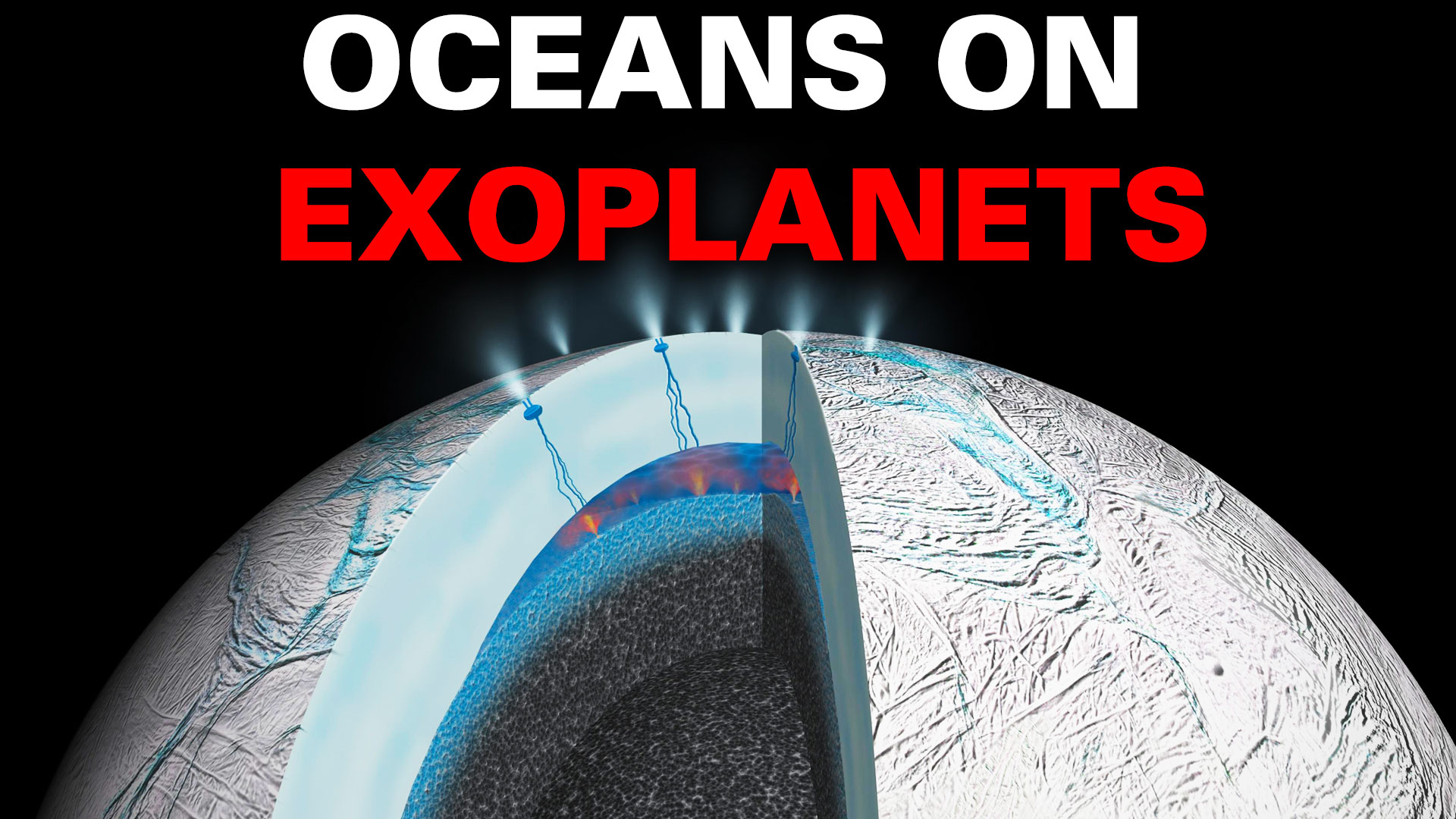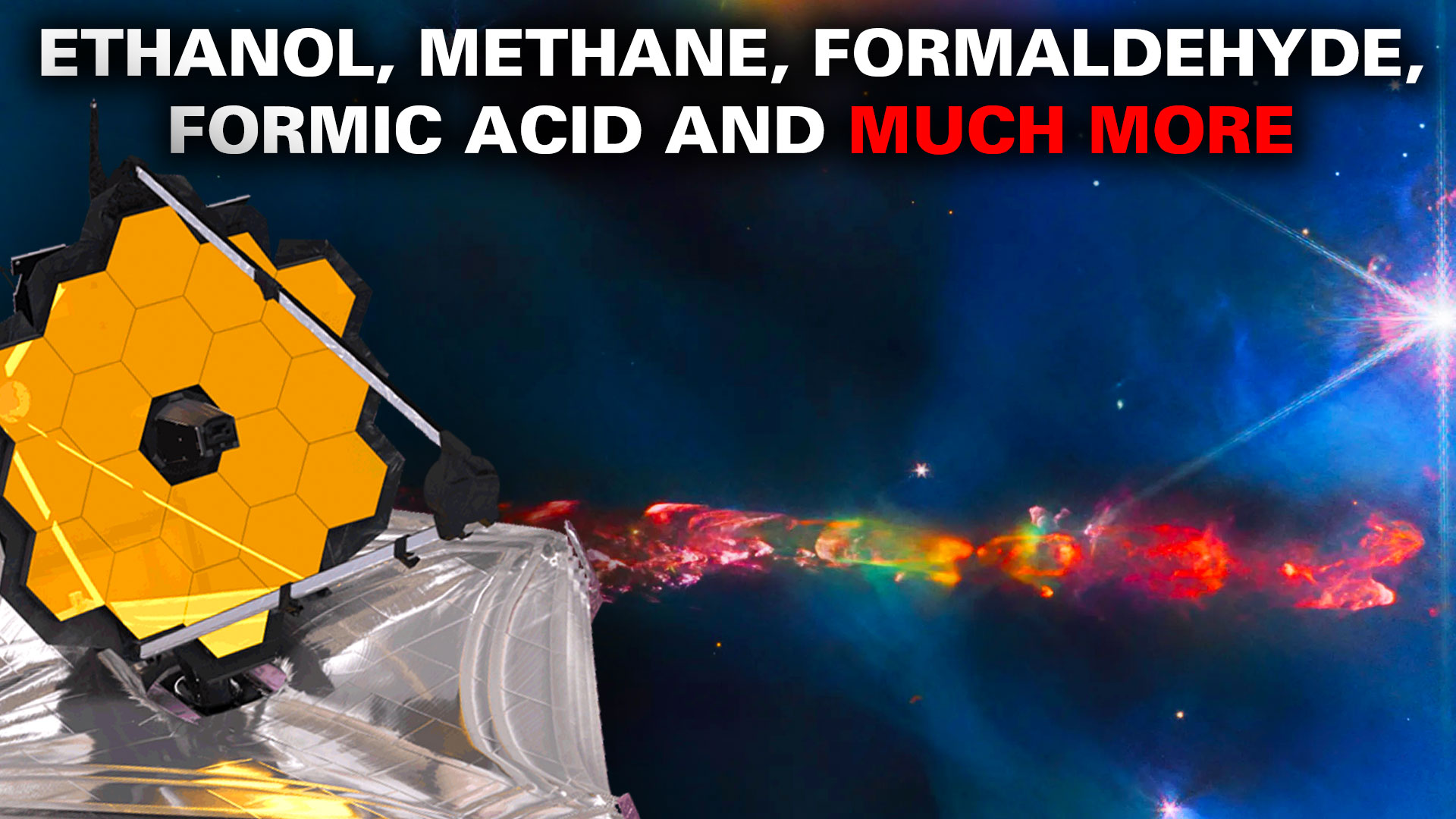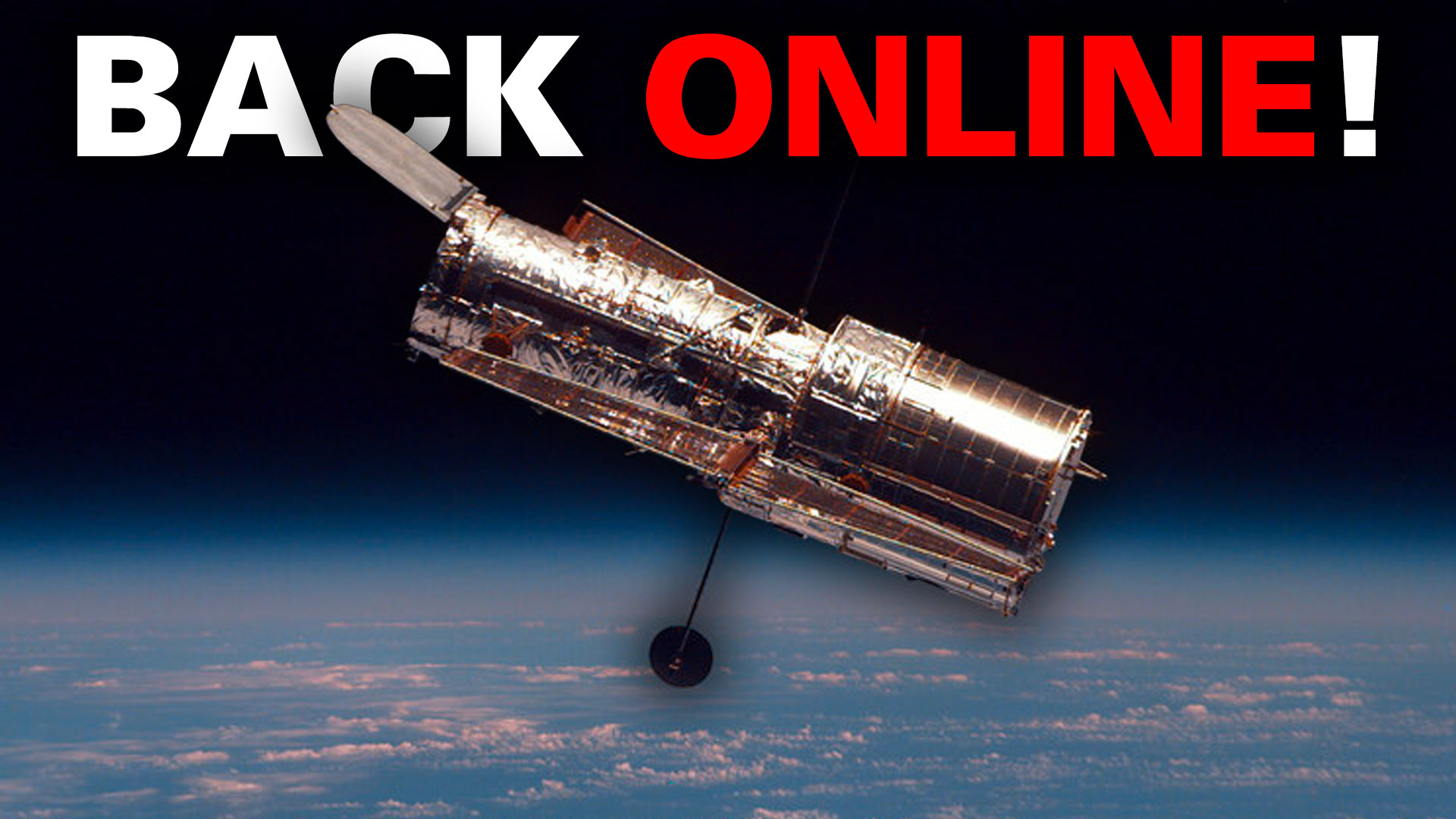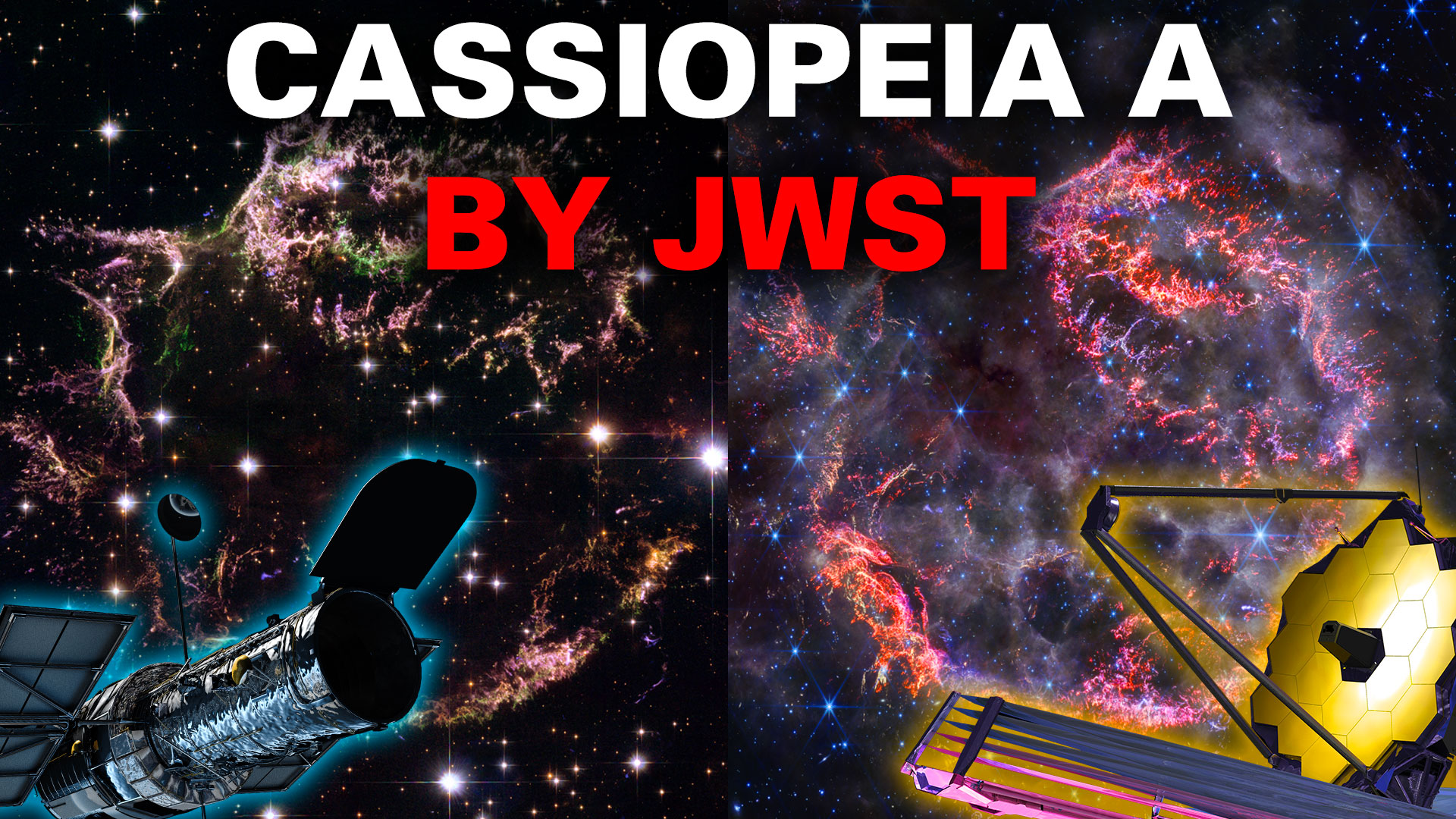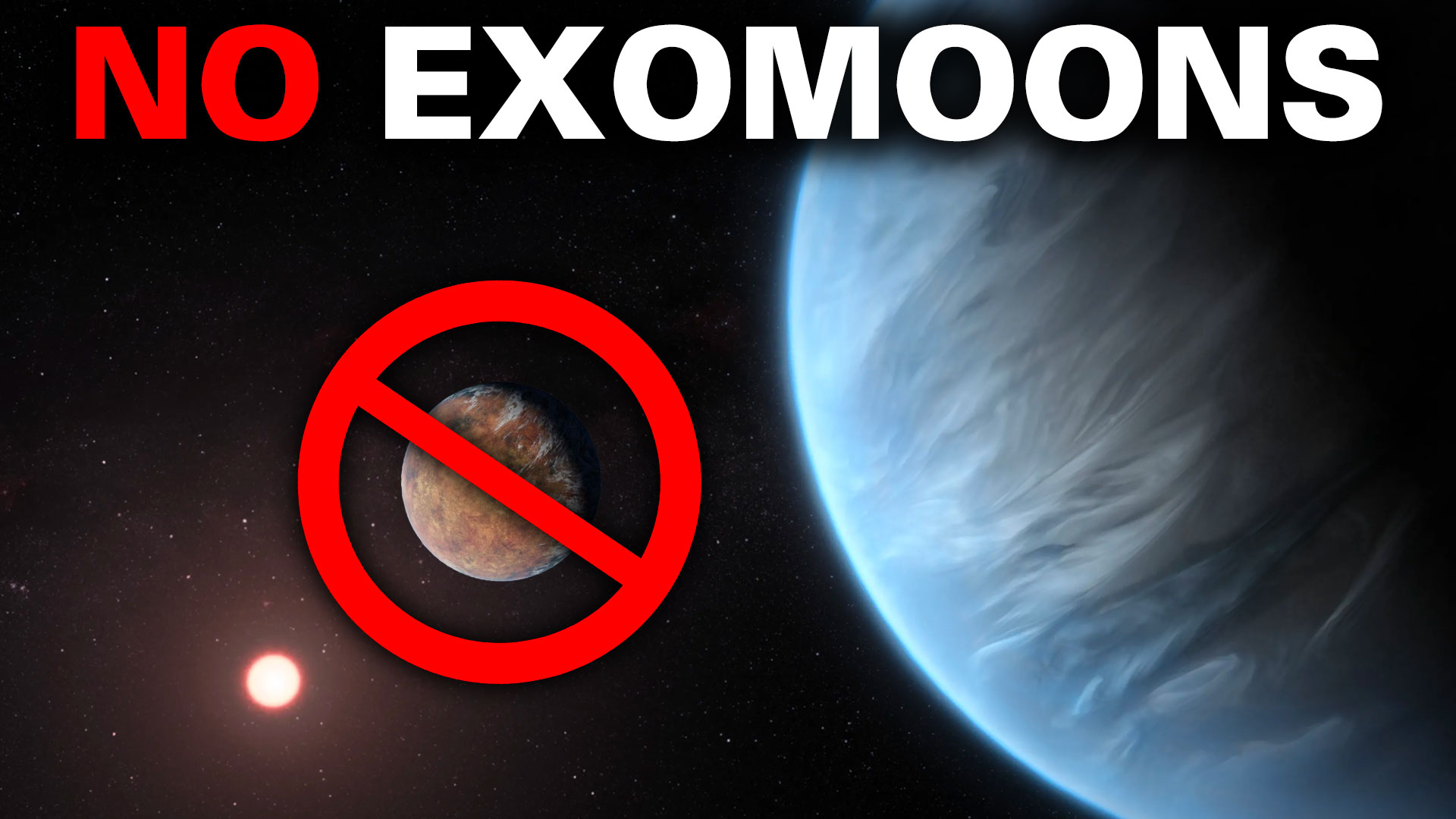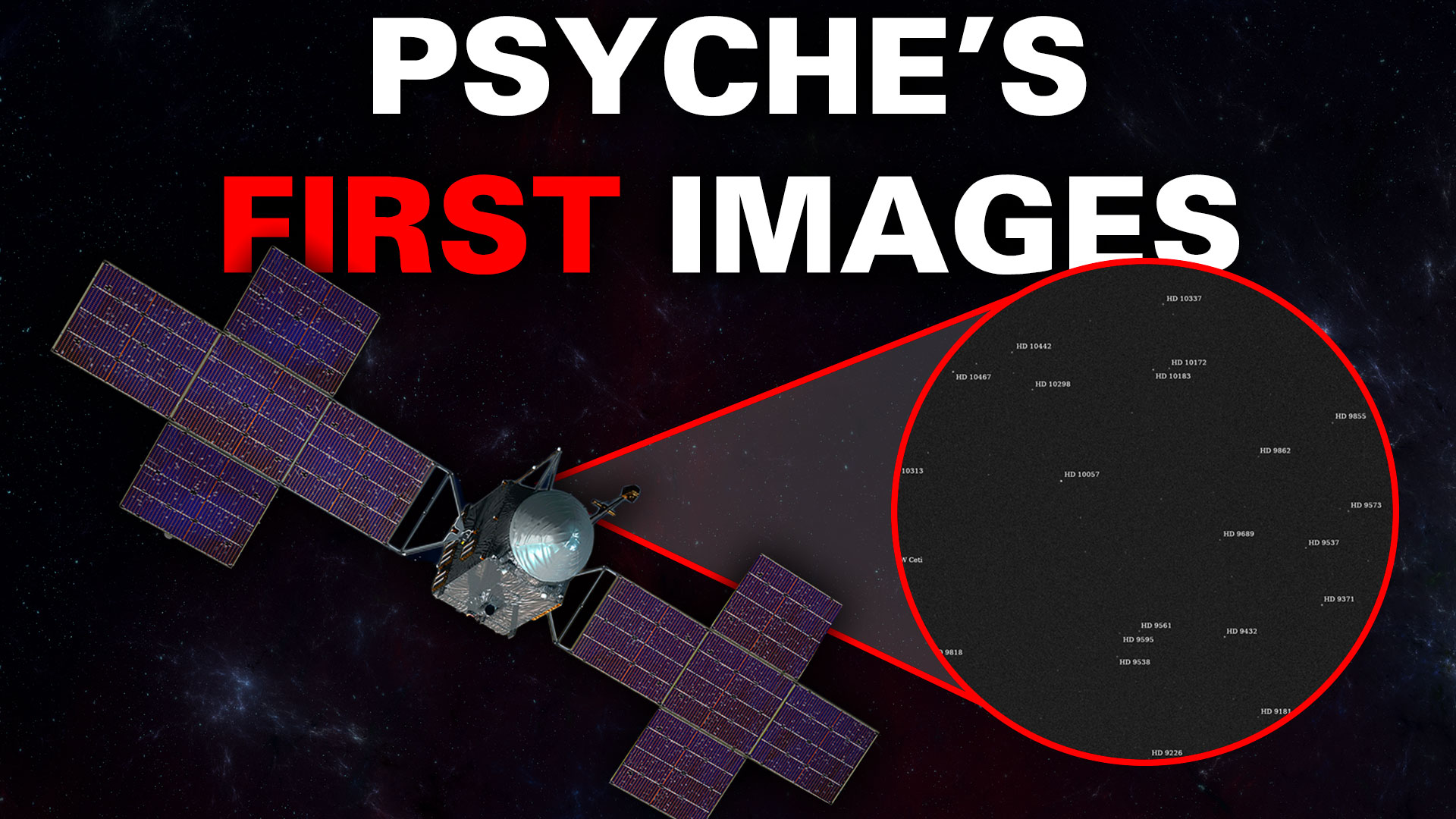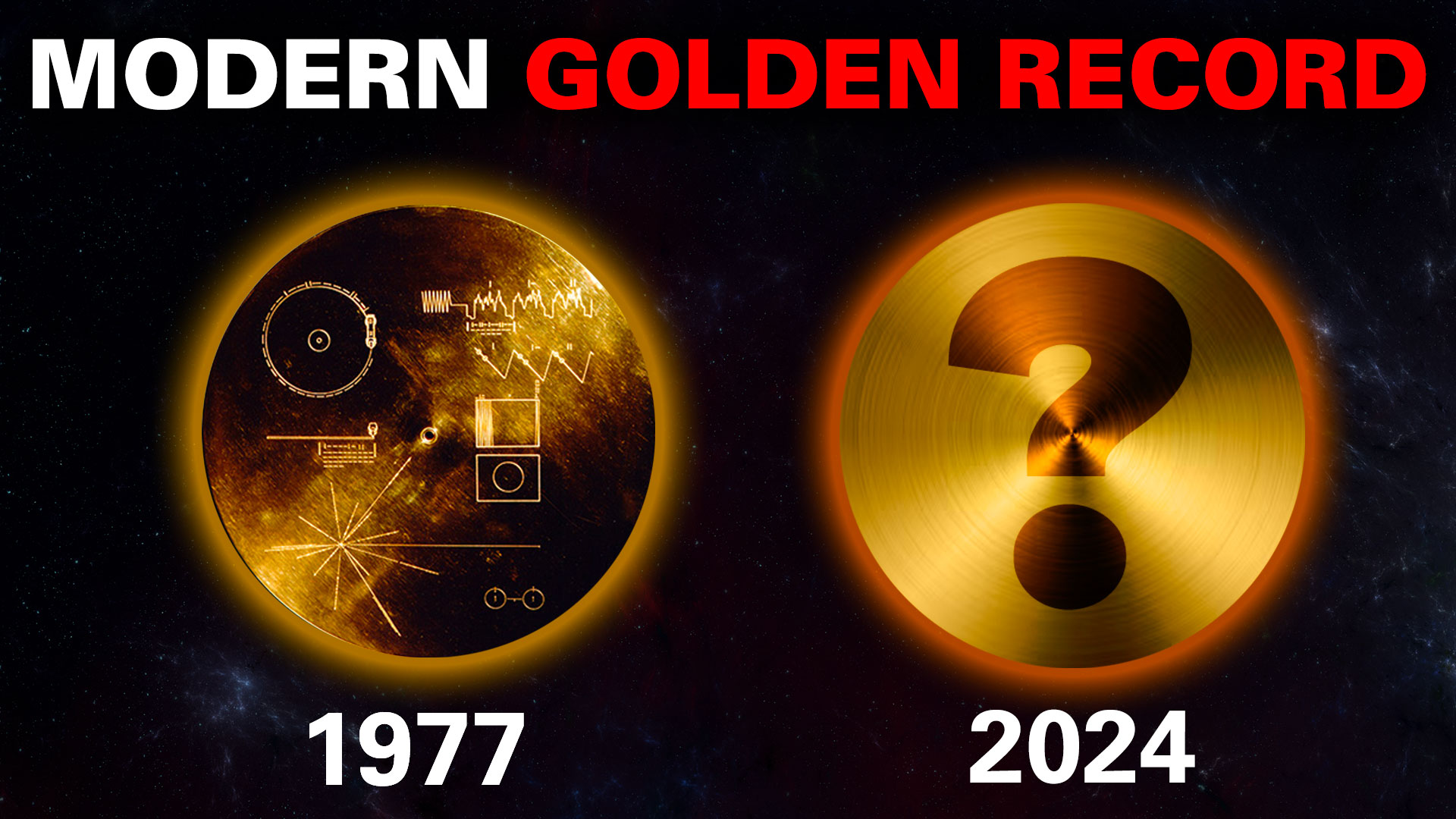Nature, in its infinite inventiveness, provides natural astronomical lenses that allow us to see objects beyond the normal reach of our telescopes. They’re called gravitational lenses, and a few years ago, the Hubble Space Telescope took advantage of one of them to spot a supernova explosion in a distant galaxy.
Now, the JWST has taken advantage of the same lens and found another supernova in the same galaxy.
Continue reading “Webb Sees a Supernova Go Off in a Gravitationally Lensed Galaxy – for the Second Time”



